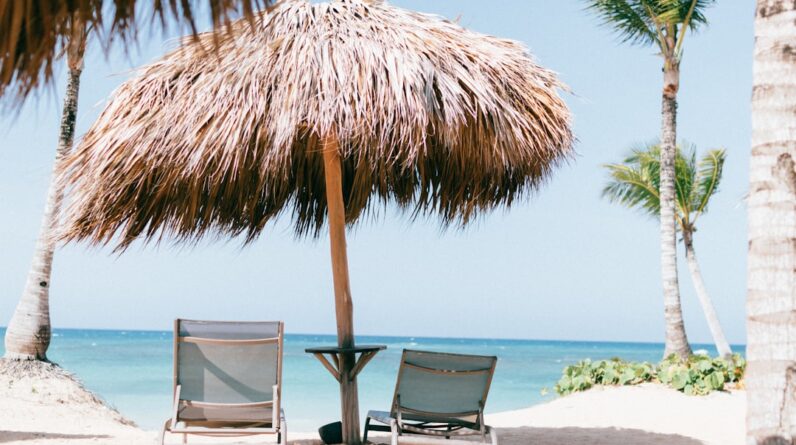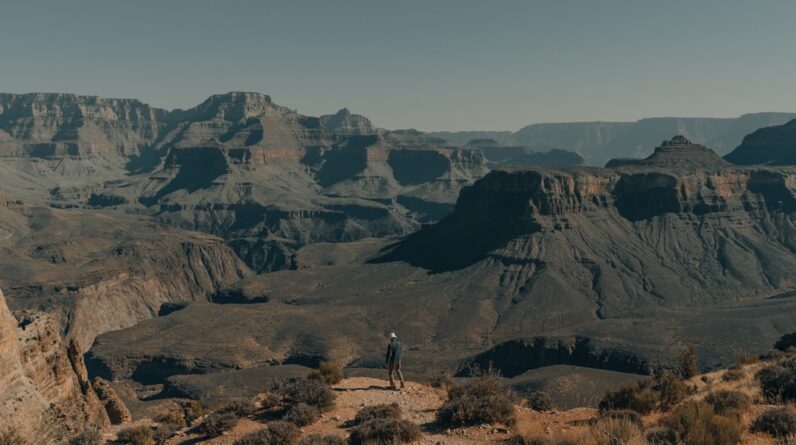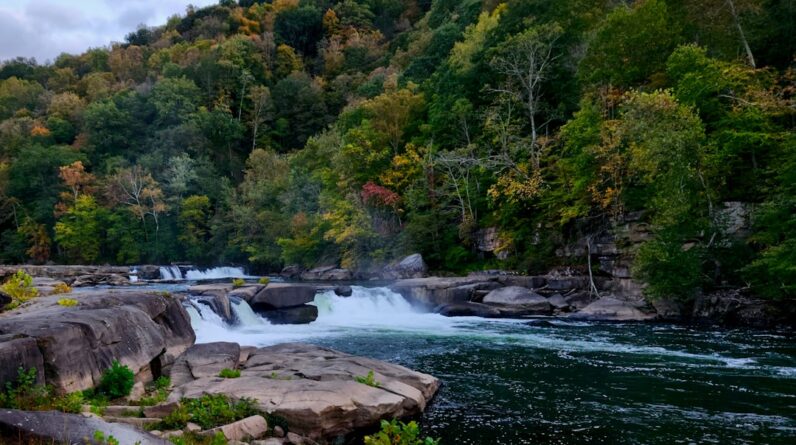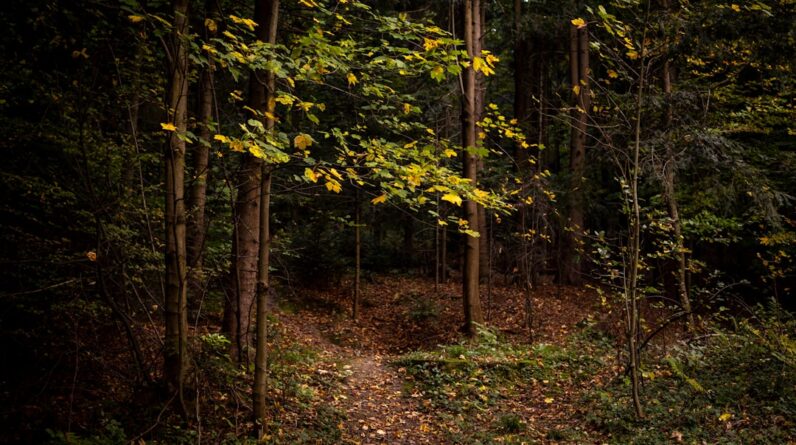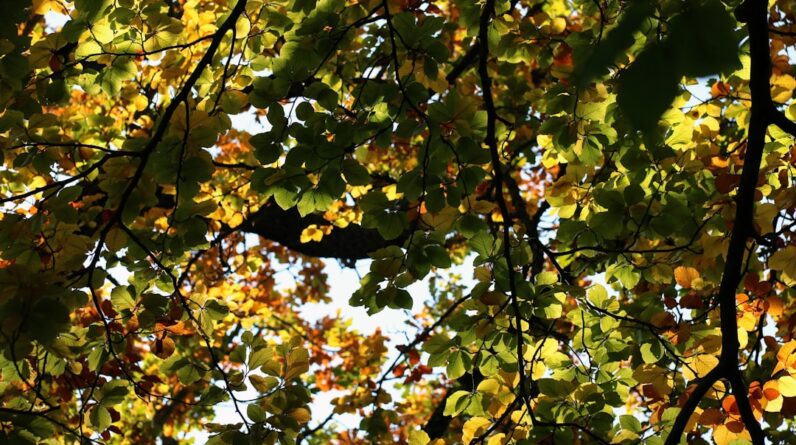Quetico Provincial Park is a vast wilderness area located in Northwestern Ontario, Canada. Spanning over 1.2 million acres, it is known for its pristine lakes, rugged landscapes, and abundant wildlife. The park is a popular destination for backcountry travel, offering visitors the opportunity to immerse themselves in nature and experience the true beauty of the Canadian wilderness.
Backcountry travel in Quetico is an important aspect of the park’s identity. With over 2,000 lakes and countless portage routes, Quetico offers endless opportunities for exploration and adventure. The park’s remote location and limited access make it a haven for those seeking solitude and a true wilderness experience. Whether you are an experienced backcountry traveler or a novice looking to embark on your first adventure, Quetico has something to offer everyone.
Key Takeaways
- Quetico Provincial Park is a beautiful and remote wilderness area in Ontario, Canada.
- Backcountry journeys in Quetico require careful preparation, including selecting the right gear and planning for portages and paddling.
- Navigating the waterways of Quetico can be challenging, but rewarding for experienced paddlers.
- Campsite selection and set-up should be done with consideration for Leave No Trace principles and wildlife safety.
- Fishing in Quetico requires adherence to regulations and responsible practices.
The Beauty of Backcountry Journeys
Quetico Provincial Park is renowned for its breathtaking natural beauty. From crystal clear lakes to towering pine forests, the park’s landscapes are truly awe-inspiring. The park is home to a diverse range of ecosystems, including boreal forests, wetlands, and rocky outcrops. Each season brings its own unique beauty, from the vibrant colors of fall to the tranquility of a winter snowfall.
Backcountry travel in Quetico allows visitors to fully immerse themselves in this natural beauty. Unlike frontcountry camping, where campsites are often crowded and amenities are readily available, backcountry camping offers a more intimate experience with nature. Imagine waking up to the sound of loons calling on a misty lake or watching the northern lights dance across the night sky. These are the moments that make backcountry travel in Quetico truly special.
Preparing for a Portage and Paddle Trip
Embarking on a portage and paddle trip in Quetico requires physical fitness and endurance. The park’s rugged terrain and remote location mean that you will need to be prepared for long days of paddling and portaging. It is important to build up your strength and stamina before your trip, as well as familiarize yourself with basic paddling and portaging techniques.
Planning is key to a successful trip in Quetico. Before setting out, make sure to research the park’s regulations and obtain any necessary permits. It is also important to plan your route carefully, taking into consideration factors such as distance, difficulty, and available campsites. Be sure to pack enough food and water for the duration of your trip, as well as any necessary safety equipment such as a first aid kit and navigation tools.
Choosing the Right Gear for Quetico
When it comes to gear for a portage and paddle trip in Quetico, it is important to strike a balance between comfort and practicality. Essential gear includes a sturdy canoe or kayak, paddles, life jackets, and a waterproof pack or barrel for storing your gear. It is also important to bring appropriate clothing for the weather conditions, including rain gear and warm layers.
In addition to the basics, there are some gear recommendations specific to Quetico. The park’s rocky terrain can be tough on footwear, so it is recommended to bring sturdy hiking boots or water shoes. A lightweight camping stove is also essential for cooking meals, as open fires are not permitted in many areas of the park. Finally, don’t forget to bring a good quality map and compass or GPS device to help navigate the park’s waterways.
Navigating the Waterways of Quetico
Quetico Provincial Park is known for its extensive network of lakes and rivers, making water navigation a crucial skill for backcountry travelers. Before setting out on your trip, it is important to familiarize yourself with the park’s waterways and plan your route accordingly. This includes identifying potential portage routes and noting any hazards or obstacles along the way.
When navigating the waterways of Quetico, it is important to pay attention to weather conditions and be prepared for changing conditions. Wind and waves can make paddling more challenging, so it is important to be aware of your own abilities and limitations. It is also important to practice proper paddling techniques, such as using a J-stroke to maintain a straight course and avoiding sudden movements that could tip your canoe or kayak.
Campsite Selection and Set-Up

Choosing a suitable campsite is an important aspect of backcountry travel in Quetico. The park offers a range of designated campsites, each with its own unique features and amenities. When selecting a campsite, it is important to consider factors such as proximity to water, availability of firewood, and level ground for setting up tents.
Once you have chosen a campsite, it is important to set up camp in a way that minimizes impact on the environment. This includes following Leave No Trace principles, such as packing out all trash and waste, using established fire rings or stoves for cooking, and avoiding damage to vegetation. It is also important to be mindful of wildlife and avoid attracting them to your campsite by properly storing food and garbage.
Wildlife Encounters in Quetico
Quetico Provincial Park is home to a wide variety of wildlife, including moose, black bears, wolves, and bald eagles. Encountering these animals in their natural habitat can be a thrilling experience, but it is important to remember that they are wild and should be treated with respect.
When encountering wildlife in Quetico, it is important to keep a safe distance and observe from afar. Do not approach or feed wild animals, as this can disrupt their natural behavior and create dangerous situations. It is also important to properly store food and garbage to avoid attracting wildlife to your campsite. By following these guidelines, you can enjoy wildlife encounters in Quetico while ensuring the safety and well-being of both yourself and the animals.
Fishing in Quetico: Tips and Regulations
Quetico Provincial Park is a paradise for fishing enthusiasts. The park’s pristine lakes are home to a variety of fish species, including walleye, northern pike, lake trout, and smallmouth bass. However, it is important to familiarize yourself with the park’s fishing regulations before casting your line.
Quetico has specific regulations in place to protect its fish populations and ensure sustainable fishing practices. These regulations include catch limits, size restrictions, and seasonal closures for certain species. It is important to obtain a valid fishing license and adhere to these regulations to help preserve the park’s fish populations for future generations.
Exploring the History and Culture of Quetico
Quetico Provincial Park has a rich history and cultural heritage that is worth exploring during your visit. The park is home to numerous Indigenous archaeological sites, including pictographs and ancient campsites. These sites offer a glimpse into the lives of the Indigenous peoples who have called this area home for thousands of years.
In addition to its Indigenous heritage, Quetico also has a fascinating history of fur trading and exploration. The park was once a major transportation route for fur traders, who traveled by canoe through its waterways. Today, remnants of this history can still be found in the form of old trading posts and portage routes.
Leave No Trace: Practicing Responsible Backcountry Travel
Practicing responsible backcountry travel is essential for preserving the natural beauty and ecological integrity of Quetico Provincial Park. Leave No Trace principles provide guidelines for minimizing impact on the environment while enjoying the park’s wilderness.
Some key principles of Leave No Trace include packing out all trash and waste, using established campsites and fire rings, and avoiding damage to vegetation. It is also important to respect wildlife and their habitats by observing from a safe distance and properly storing food and garbage. By following these principles, you can help ensure that Quetico remains a pristine wilderness for future generations to enjoy.
Backcountry travel in Quetico Provincial Park offers a unique opportunity to experience the true beauty of the Canadian wilderness. From its breathtaking landscapes to its abundant wildlife, Quetico is a haven for those seeking adventure and solitude. By preparing properly, choosing the right gear, and practicing responsible backcountry travel, you can have a truly unforgettable experience in this pristine wilderness. So why wait? Start planning your trip to Quetico today and embark on an adventure of a lifetime.
If you’re an outdoor enthusiast looking for your next adventure, you won’t want to miss the article “Backcountry Journeys in Quetico Provincial Park: Portage and Paddle.” This captivating piece takes you on a thrilling journey through the stunning wilderness of Quetico Provincial Park. But if you’re also interested in maintaining a healthy lifestyle, you might want to check out this related article on how to make overnight oats for weight loss. With three easy meal prep breakfast recipes, you’ll have delicious and nutritious meals ready to go for your next backcountry excursion.



